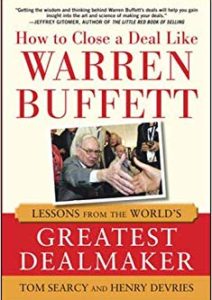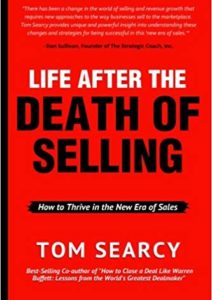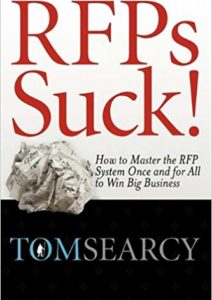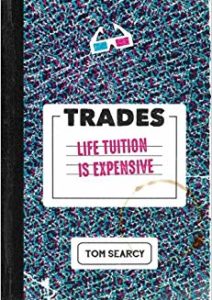[Eel: Gatekeepers, deal spoilers, and nay-sayers at the prospect company who work to prevent any sort of change.]
In every deal there is an eel.
A person who is against the deal—maybe on principle, maybe because they’re your competitor’s champion or they fear they will be made to look bad if a new vendor is brought on. Heck, they may just be a curmudgeon who doesn’t want to see change. Regardless of the reason, you need to find the eel in the deal.
Now, old-school sales training says that you talk as much as possible to your champion and as little as possible to the eel. But here’s the problem: the eel is the one who has the power to kill you. Worse yet, eels have a tendency to hang out in the shadows. They’re hard to get to and they usually talk you down when you’re not around. The conversation may be innocuous…
- “I’m just concerned that we might be taking on too much right now with a change.”
- “Let’s bring this deal in after the SAP upgrade gets completed.”
- “Don’t get me wrong, I think this is a great idea- I just wish we had the resources to support it.”
And so on.
The bottom line is that eels try to get you out. I have a client that just lost a deal from an eel he never met and never will. What to do?
There’s always an eel: There’s an old saying in poker: If you play 3 hands of poker and you haven’t figured out who the pigeon is, LEAVE! You’re the pigeon. You have to find out who the eel is before you can take any action.
Smoke ‘em out: You have to find the eel first. Use this post as a way to find out who has the least to gain or the most to lose inside of your prospect and there is a good chance he or she is your eel.
Here are some strategies:
1) Co-Op. Take their ideas and bake them into your solution. Give the credit liberally and frequently to your eel as the source of the great changes. You are working on this being their idea.
2) Pair them up. Find the person in your organization who speaks the eel’s language. Maybe they match each other in education, age, or style, which creates the friendly link for back-channel dialogue to turn them, or at least neutralize the negativity.
3) Containment. This is a combination of conceding all of this person’s small issues and points and then turning the conversation to the resolution of the bigger issues. You have to limit the scope of influence on your deal to items that are contained rather than allowing them to fester into deal killers.
4) Find them another bone. Sometimes a curmudgeon wears out their welcome and their interest on a deal. Your job is to have enough knowledge about the company and the issues to re-focus the eel on another part of the world that is not your deal.
If every deal has an eel—which, in my experience, is the case—we have to have strategies to neutralize its impact. What are some of the strategies you are using?
Illustration: Joe Lercio



















